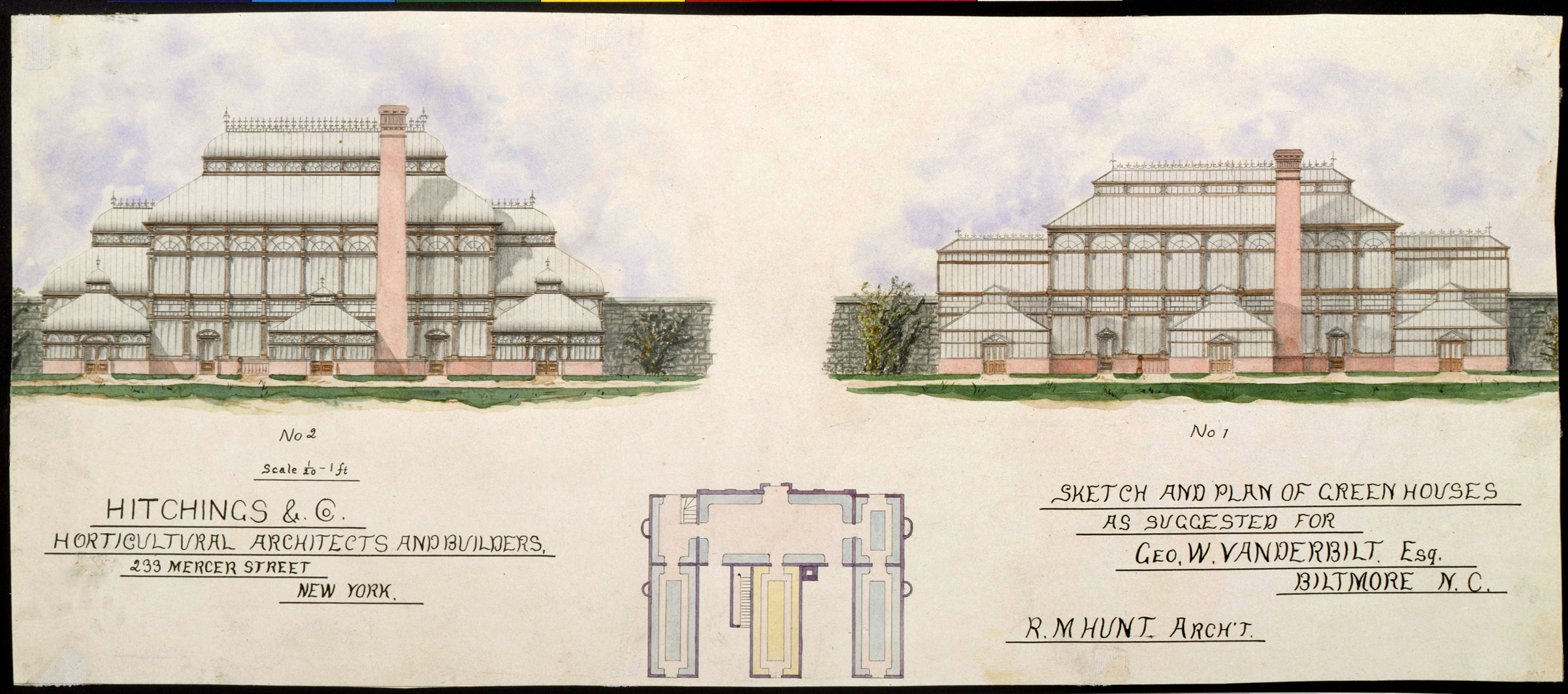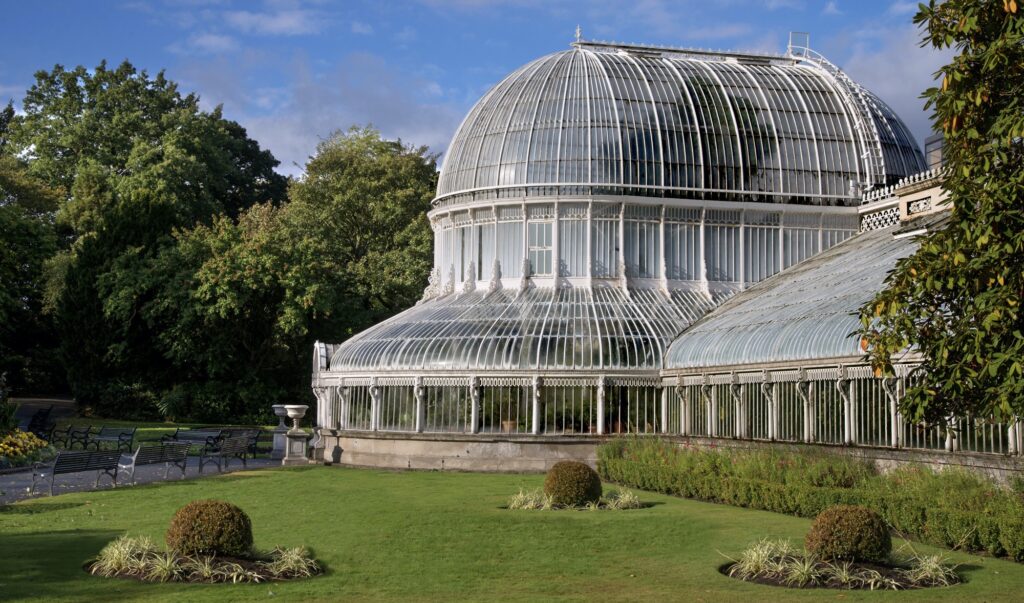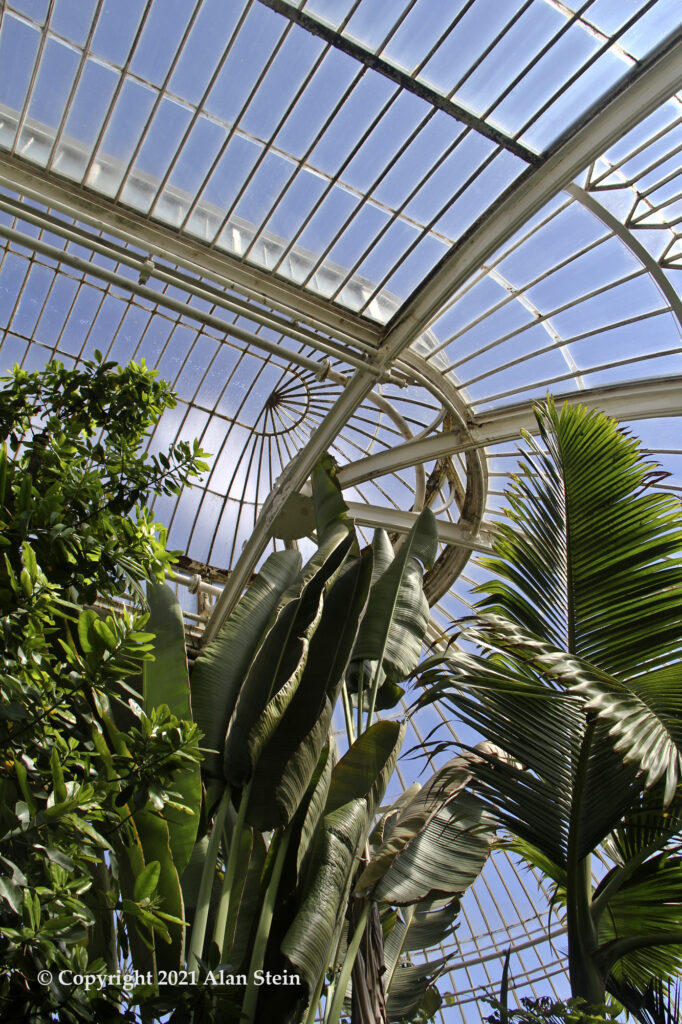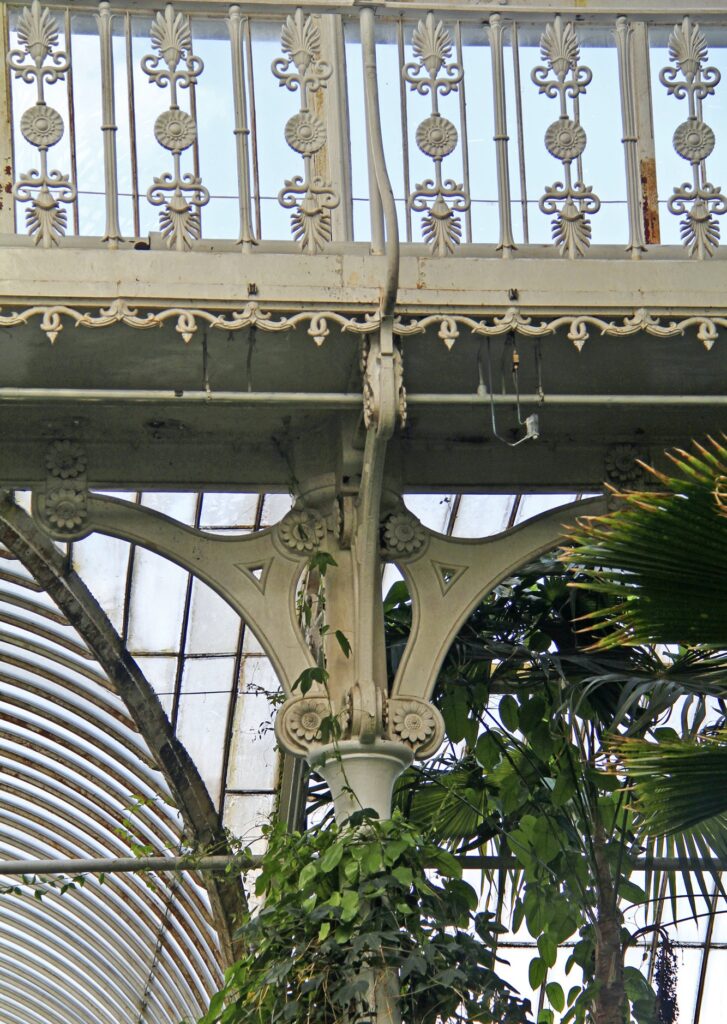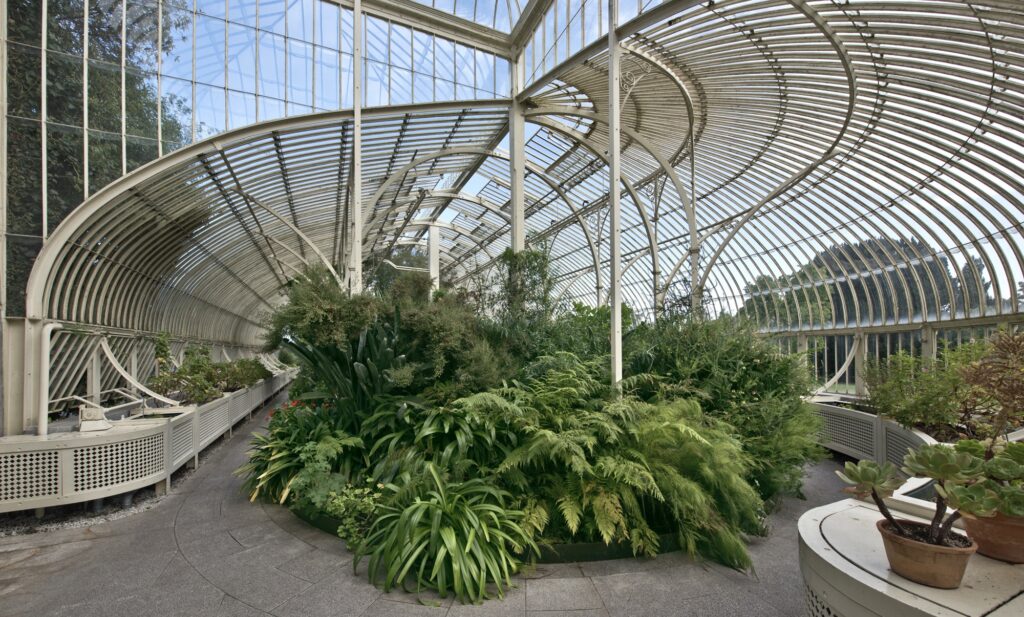Imagine… living during the great evolution of conservatory design from the 18th to 19th century… what an experience it would have been!
In the nineteenth century, Britannia ruled the way things were created. Into England’s ports flowed an array of exotic goods, including plants never before seen in the Old World. By the mid-century, botany was the country’s most popular science, pursued not just by wealthy men but by both sexes of the rising middle class.
By the mid-nineteenth century, architects began to explore new ways to design and build conservatories as new technologies and materials became available. The discovery of wrought-iron glazing allowed these curved forms to be produced. The use of these curvilinear shapes for the building itself devised an unconventional system of glass roof panels that maximized the amount of light to pour through. Much different from the typical build of conservatories people were familiar with such as the Conservatory at Syon Park, Castle Ashby Orangery, and the Conservatories at Kew.
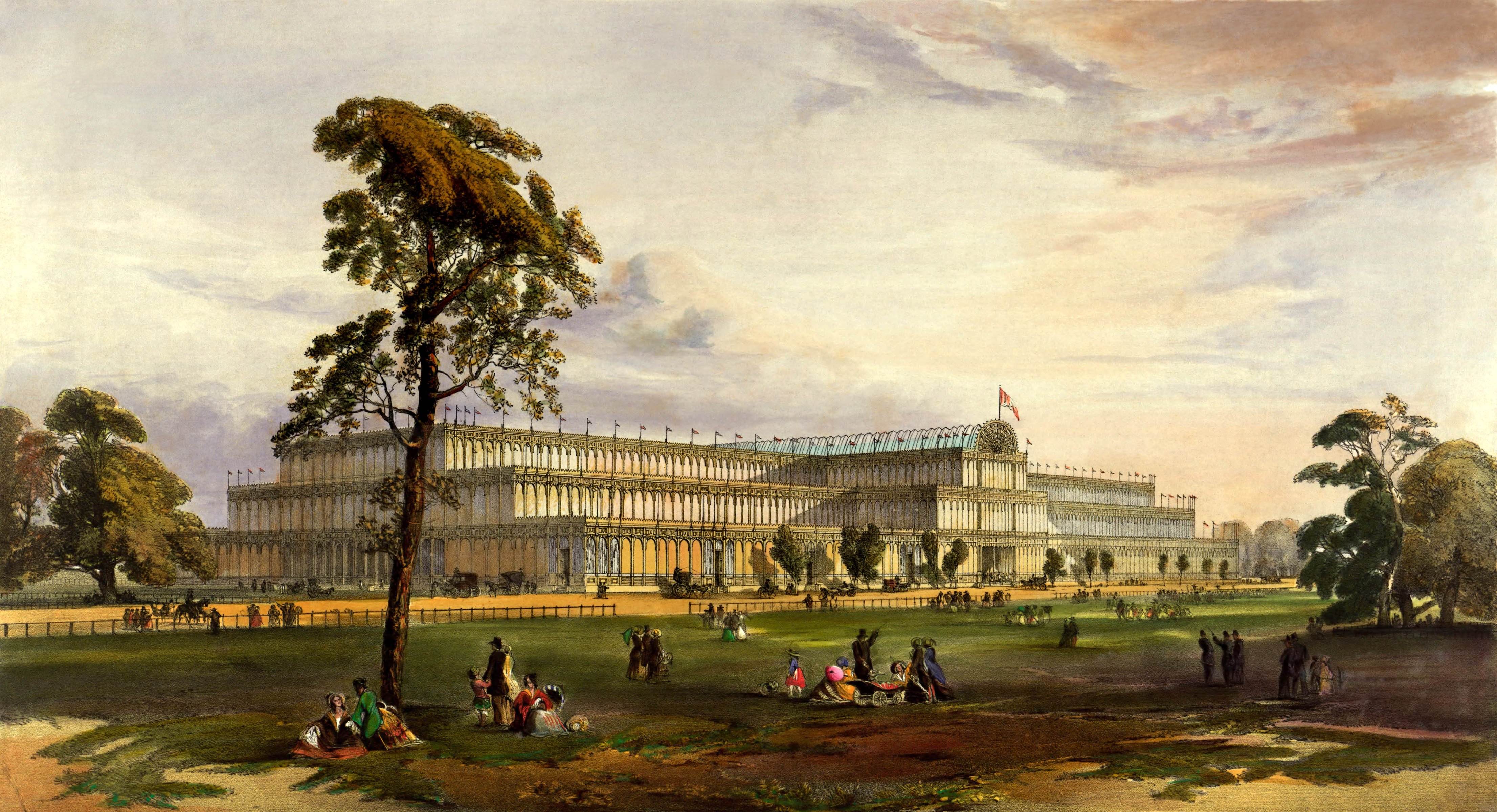
As word spread over the next few decades, interest rose in creating a space for more exotic plants to flourish that prior would never have been possible in England’s climate. New techniques to advance the cultivation of food and medicinal plants grew through the use of conservatories and orangeries, allowing the trading of exotic plants and seeds to flourish in England never before. Although functionality was a priority of these glass houses, people began to see the true beauty behind the conservatory and what they could become.
These new desires for more creatively designed glasshouses opened new opportunities for architects and builders to break the boundaries of traditional conservatory design to create some of the world’s most beautiful and interesting conservatories that set the stage for future generations. More notable works designed by John Claudius Loudon, Joseph Paxton, Decimus Burton, and Richard Turner are some of the most revolutionary conservatory concepts that were birthed during the time.
Richard Turner was an Irish iron founder and manufacturer of glasshouses, born in Dublin. Known as one of the most important glasshouse designers of his time, his works included the Palm House at Kew Gardens, the Curvilinear Range at the Irish National Botanic Gardens, in Ireland and the Palm House at Belfast Botanic Gardens (see below). Turner’s knowledge of the unique uses and abilities of iron allowed these glass houses to be the turning point of conservatory architecture of the 19th century.
Just look at those transformative the conservatory became…
If you are interested in learning how these beautiful glass structures began, check out our previous article exploring the first conservatories and orangeries of the 17th & 18th century! To continue reading about the entire evolution, order a copy of The Conservatory: Gardens Under Glass on amazon.com!

